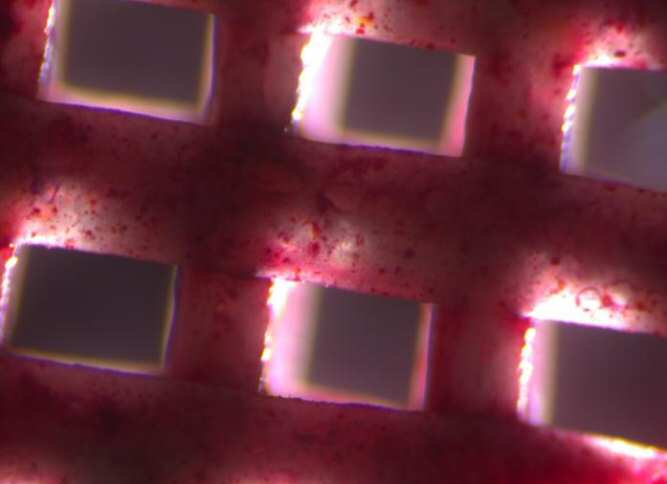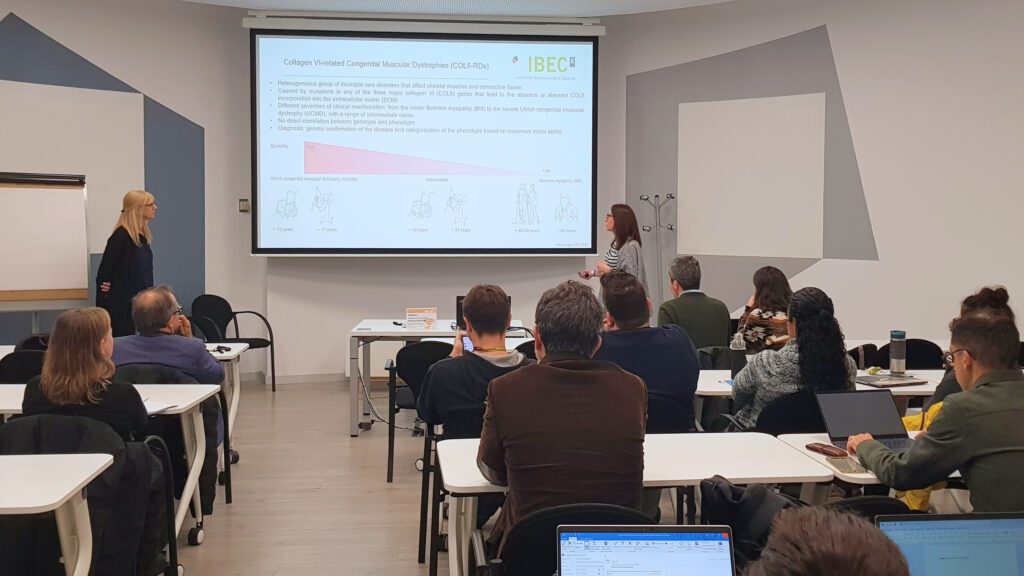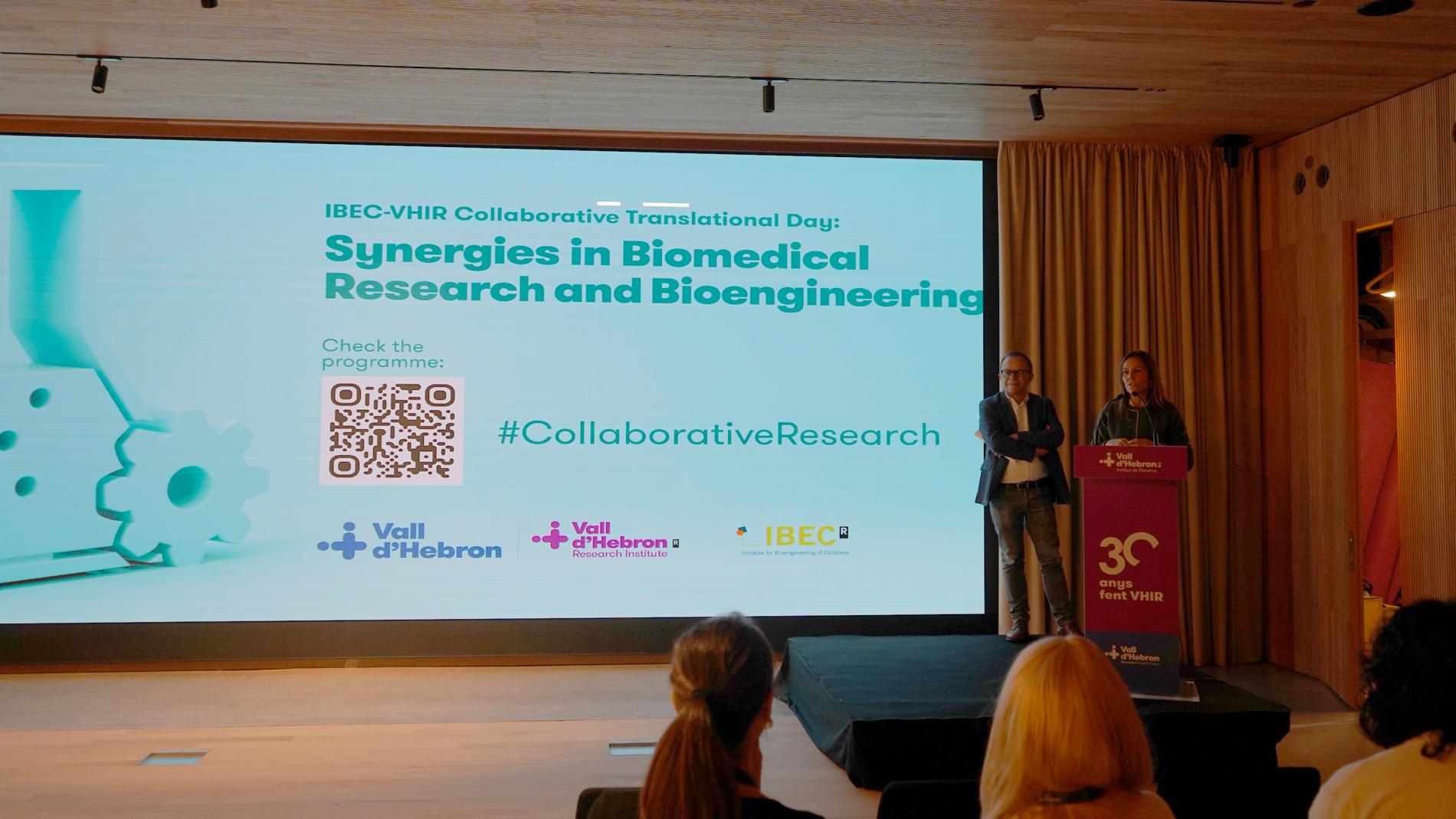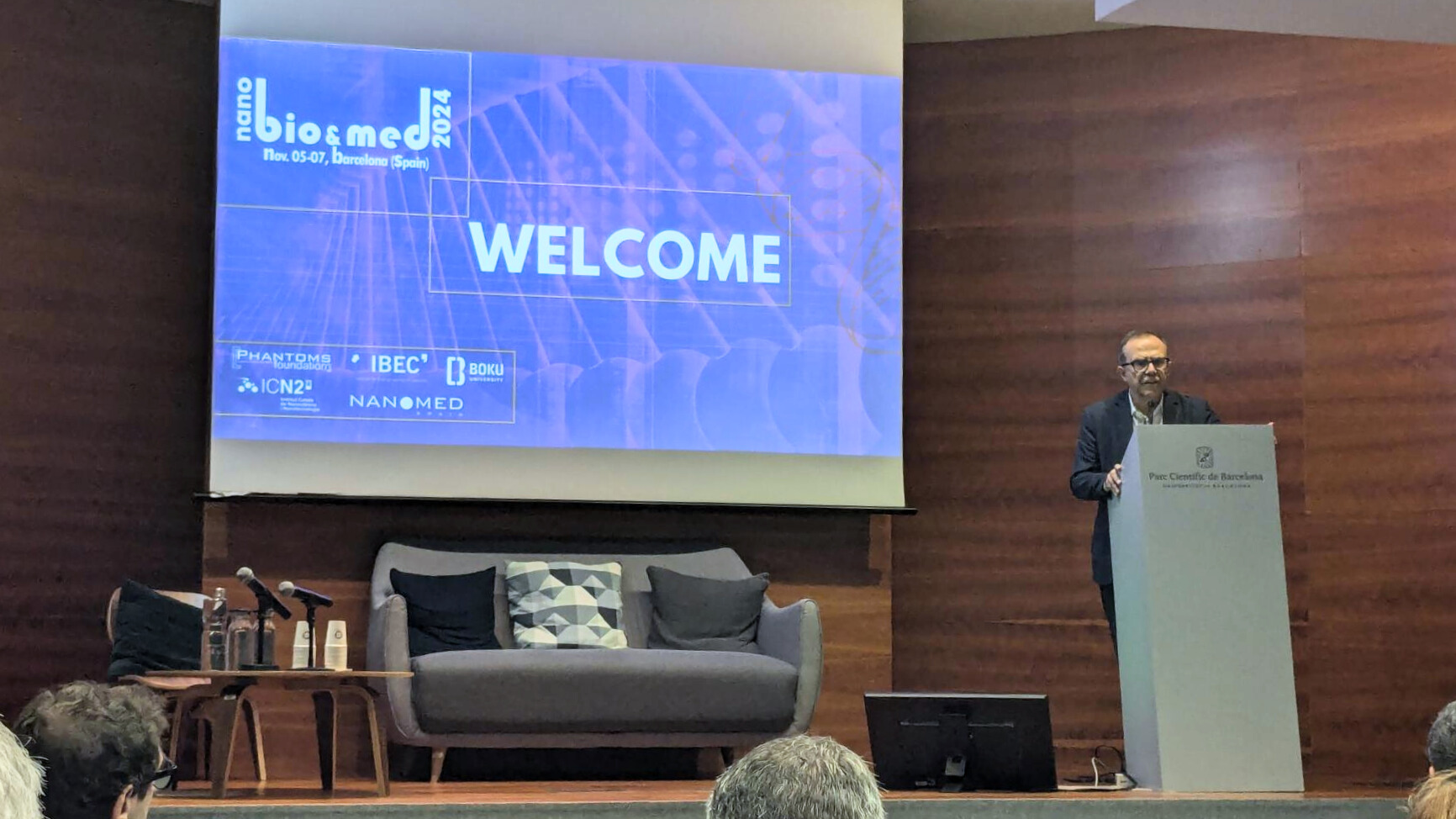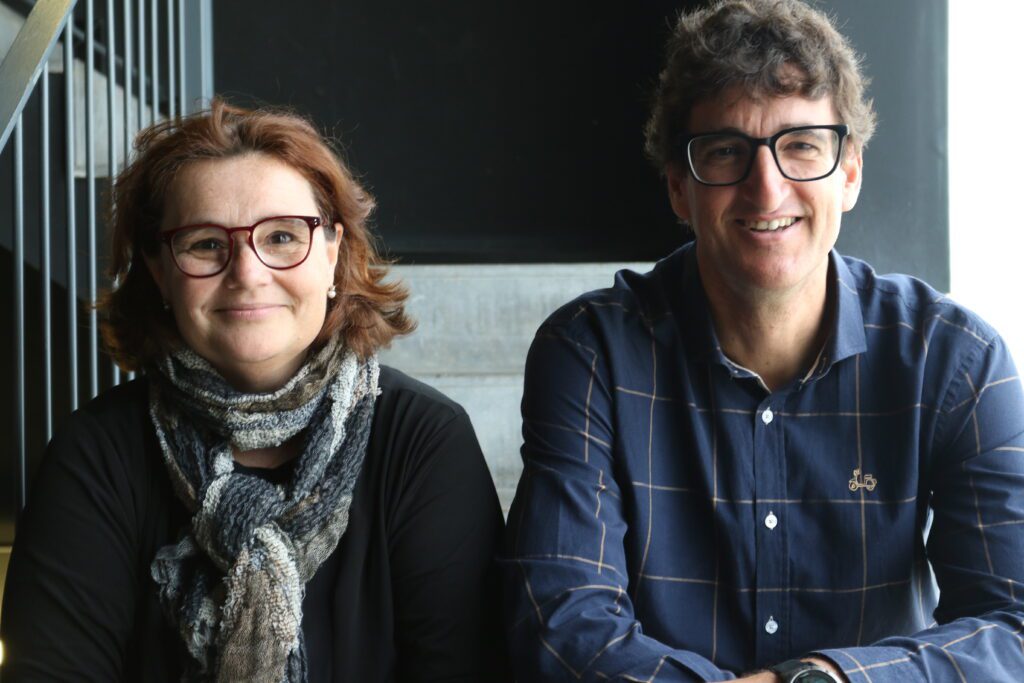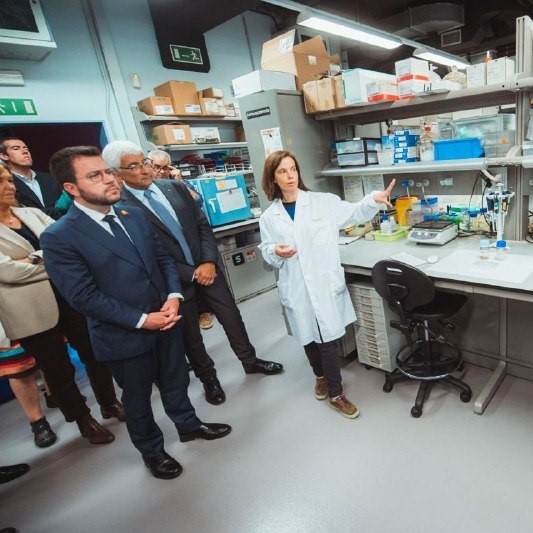- ABOUT
- STAFF
- PROJECTS
- PUBLICATIONS
- EQUIPMENT
- COLLABORATIONS
- NEWS
- JOBS
ABOUT
Research in the Biomaterials for Regenerative Therapies group is devoted to the development and knowledge transfer to industry of innovative biomaterials and scaffolds for tissue regeneration.
We design, fabricate and characterize bioactive and biodegradable materials and we investigate their interactions with biological entities, both in terms of their fundamental aspects and with specific applications for tissue engineering purposes in mind. The aim is the repair and functional restoration of tissues or organs by means of 3D scaffolds, cells, and signals.
Our research is built up in three pillars:
- Creating microenvironments for tissue regeneration. Understanding the interaction of the designed scaffolds with the cells is the key to induce a regenerative environment. We have developed models that explain the activation of angiogenesis and neurogenesis promotion based on the biomaterials properties and the structure of the scaffold, together with the degradation products that promote a bioactive environment. During 2018 we have studied the activation of progenitor cardiac cells, recruitment and differentiation in response to these scaffolds by means of instructive matrices.
- Translating basic research towards new developed products. We are applying Key Enabling Technologies in Biomaterials fabrication to give solutions to companies. A personalized maxillofacial substitute using 3D printing is being developed together with Avinent Implant system, SL. A new dressing that promotes the fast healing of chronic wounds, promoting cell recruitment and regeneration is now under preclinical studies.
- Disease models. We are developing 3D models for pre-clinical cancer research based on the use of cells self-produced extracellular matrices. These microtissues can be modified to culture cancer cells and simulate an ex vivo tumor that can be used for basic cancer research or drug screening. We are also developing novel bioinks for the fabrication of bioprinted platforms as 3D models and bioengineered constructs. The use of microfluidic devices that simulate a vessel, or a cardiac tissue is another approach we are modelling to study the cardiac regeneration process.
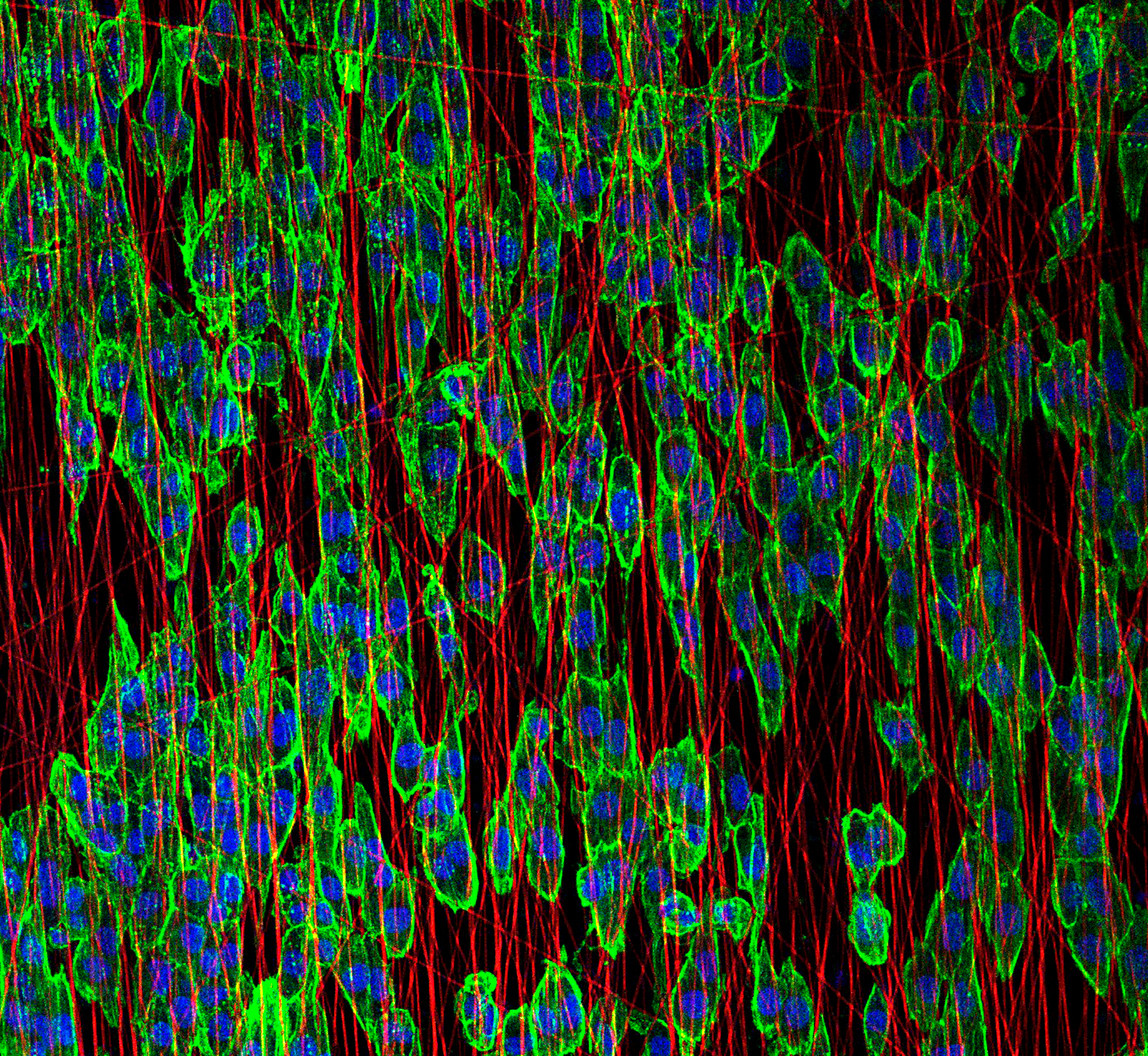


We are members of CIBER-BBN (Centro de Investigación Biomédica en Red – Bioingeniería, Biomateriales y Nanomedicina)
We are participants of the RIS3CAT LLAVOR 3D Community, funded by ACCIO, that aims to accelerate the development and adoption of additive manufacturing and 3D printing* technologies by the industry.*
We participate in two networks: i4kids, the Pediatric Innovation Hub, coordinated by SJD Barcelona Children’s Hospital, which aims to generate a positive social impact and offer solutions adapted to the paediatric population; and in the XaRFA, with 28 research groups from 14 Catalan entities, created with the aim of creating up to 12 technology-based companies and facilitating the transfer of 3D printing technologies to society.
We are members of a CIBER-ONC project: Patient Derived Organoids 2.O: Recapitulating stromal and immune microenvironment in annotated organoid platforms for advancing towards personalized cancer treatment.
We are new members of the Red de Terapia Celular (Tercel) to collaborate with the cell therapy groups in tissue and organ regeneration.
| *QuirofAM. Ecosistema d’R+D+i per la implementació i adopció de la Fabricació Additiva / Impressió 3D a la indústria de Salut (2018-2021). El proyecto QuirofAM está enmarcado dentro de la comunidad Llavor 3D, impulsada por la Generalitat de Catalunya para acelerar y desarrollar la adaptación de la fabricación aditiva en el sector industrial y cofinanciada mediante el programa operativo FEDER Catalunya 2014-2020. El objetivo del proyecto QuirofAM es la transformación de la práctica quirúrgica mediante la incorporación de la fabricación aditiva en tres niveles: modelos de ensayo quirúrgico, guías e implantes para reconstrucción e implantes bioactivos para la generación de tejidos. Uno de los beneficios más interesantes que tiene esta tecnología en el sector biomédico es la individualización de tratamientos. |


 ibecbarcelona.eu
ibecbarcelona.eu
